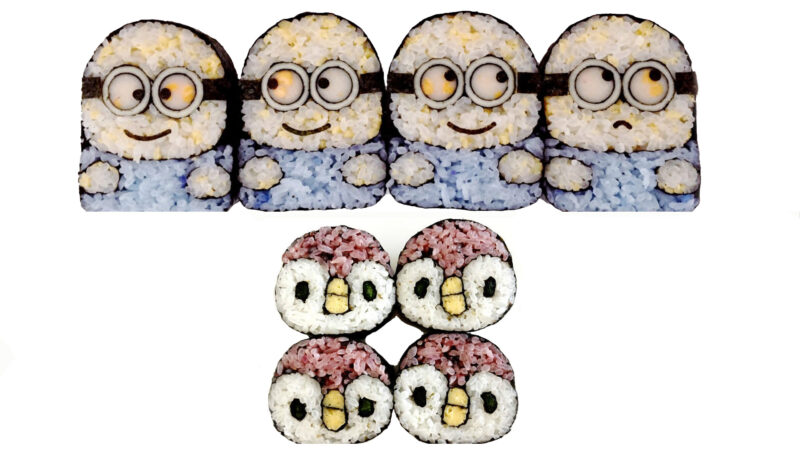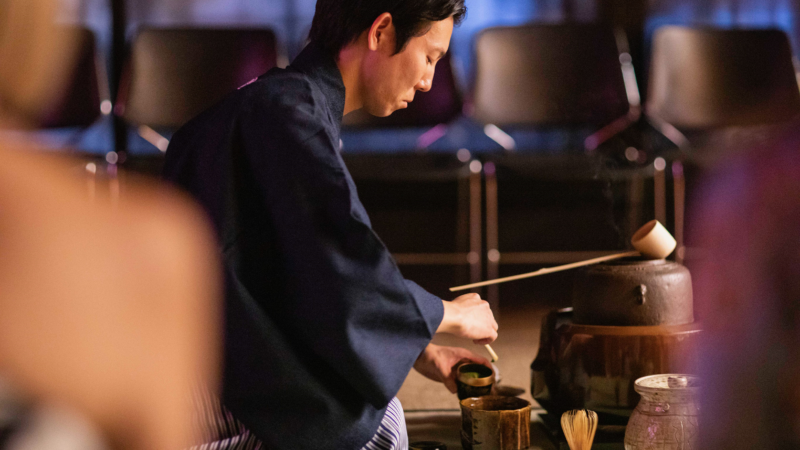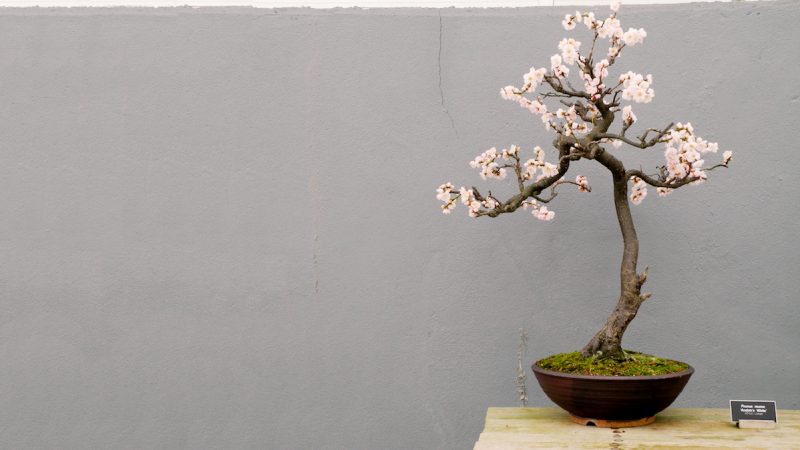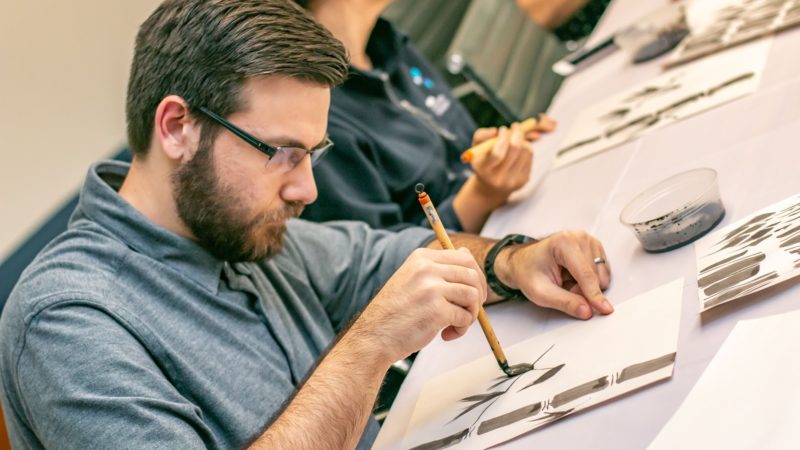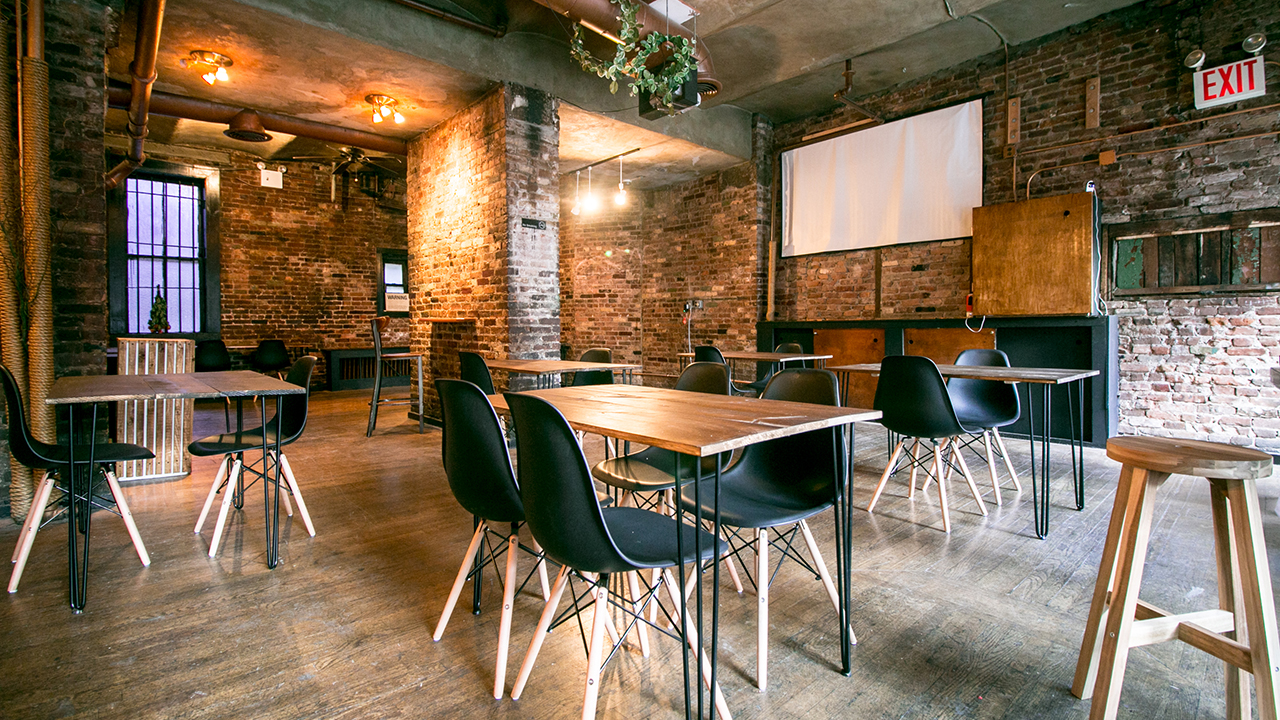Deborah Klens-Bigman, Ph.D. ◆ April 7, 2016
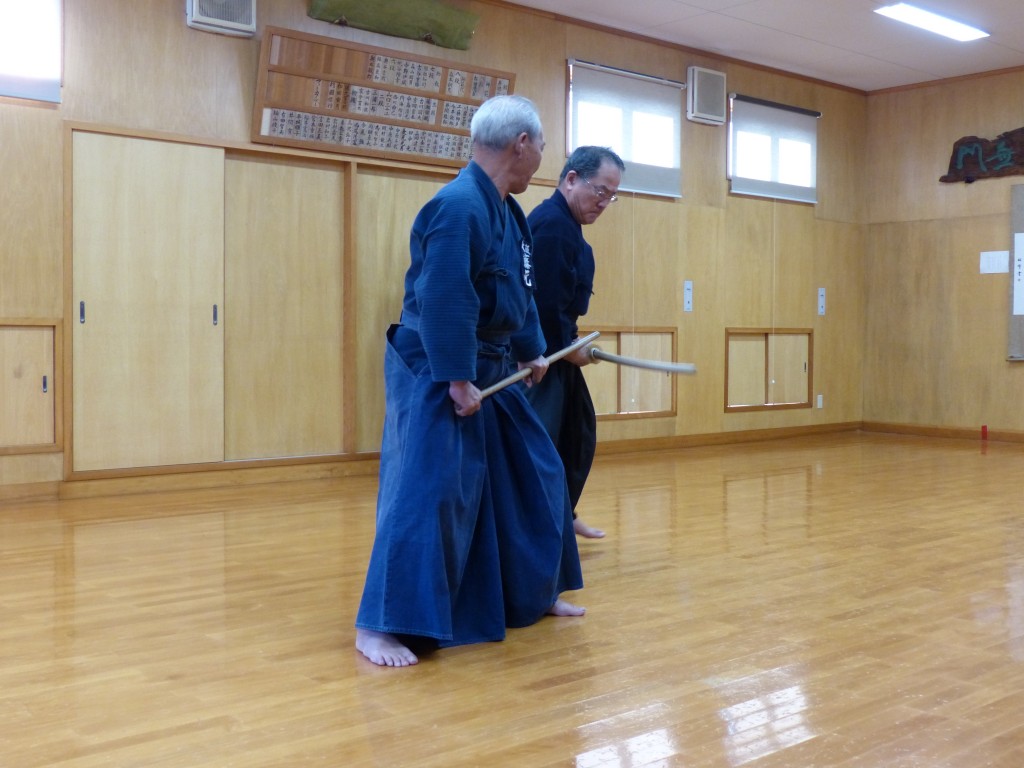
I still remember the moment, as a 6-year-old, when I first learned to read. After what seemed like forever of sounding out letters and syllables, the letters on the page suddenly became sound, and I recognized the sound as being a word I knew. I was completely thrilled, dumbfounded. I became the best reader in my class in a matter of weeks, devouring everything I could lay my chubby hands on. The teachers, wisely, just kept giving me books.
As a budoka, I practiced jodo off and on, from almost the time I started training. Many times we would show up to okeiko and just do whatever Otani Sensei, or the sempai on the floor, felt like doing. Very often our iaito would sit by for weeks or months, while we tried to manipulate sticks instead. No one complained – it was all new, and all cool, to us, so we did whatever was on the agenda for a given night.
I lived alone at the time, in a very dark apartment that had two advantages – high ceilings and a long, narrow hallway. I used to swing a broomstick practicing the various jodo kihon, trying to improve. We were practicing the first half of the ZNKR jodo Seiteigata, and I did my best.
I have written in other blog posts how it can be surprisingly difficult to learn to manipulate a simple, wooden stick. Even with a rudimentary understanding of the kihon, remembering even the beginning of the standard set of kata was a challenge. Throw in about 20 intervening years of at times very sporadic practice, and I was just like my 6-year-old self again – practicing and being endlessly corrected on kihon and struggling, generally alone, trying to remember how the two sides of the kata fit together. It was like trying to assemble a puzzle where some of the pieces are not missing, but they are hidden. You can imagine the frustration.
But I was determined. So I traveled to Capital Area Jodokai in DC, traveled to Detroit, traveled to Maryland, and of course, traveled to Japan, all in order to find people to practice with, and to get my butt kicked by those who knew much better than me. Sometimes the practice was less than ideal. For example, if the gasshuku crowd was all advanced students, I had to be content with just having fun because truly understanding what I was being shown was well beyond me. Sometimes, after three days of intense, daily practice, I would feel like I was getting somewhere, only to go home, and, with no one to practice with, forget everything. Sometimes I would have to fend off a sense of frustration at traveling hundreds (or thousands) of miles just to perform the same, basic kata, over and over again (at least I would remember it later!).
But eventually, things began to change. I would watch some more senior people perform a kata, and I could see the kihon that made it up. I knew those kihon. I could do them. When I got stuck trying to remember, I would track through the bunkai in my head and know what the next step was. It was like the kihon were the syllables of words, and the kata were the sentences, the bunkai were stories of attack and defense.
I now have students here whom I practice with. I have drilled them in kihon and walked them through kata – sometimes the same kata, over and over again. And recently, I noticed that they are beginning to learn to read too.
That does not mean that they (or I) can jump from an elementary school reader to Shakespeare without appreciable hard work. I realize that all of us, as a group, are far from that. But with practice, we will all get better, week after week. Now that we are becoming literate.
